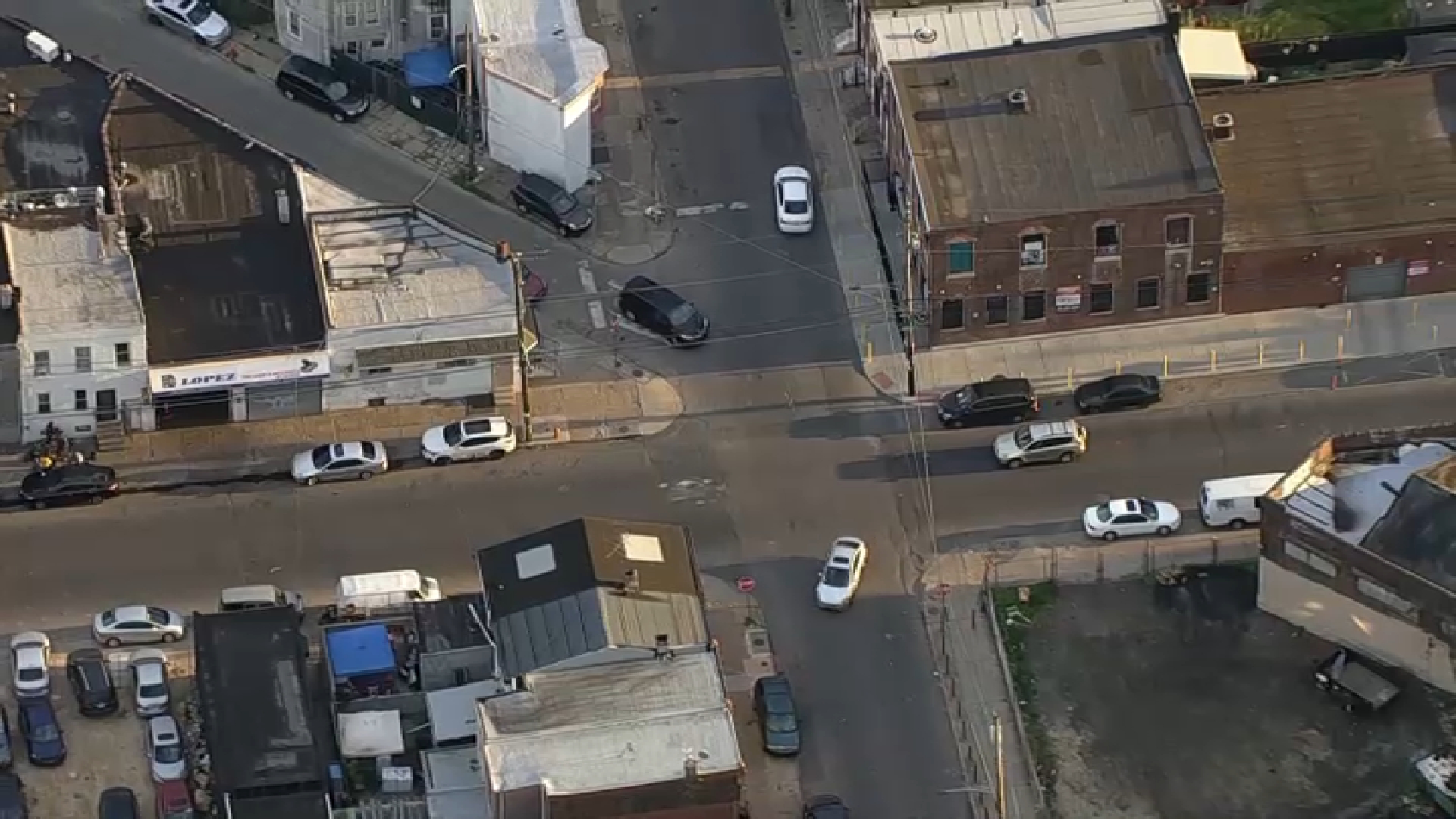It was Oct. 15, 1954, and duck hunter John R. McDonald of Washington Boro was hunting with his brother-in-law in a blind on one of the maze of islands just offshore in the Susquehanna River known as the Conejohela Flats.
That day would forever go down in local infamy as the day Hurricane Hazel blew in. But McDonald, now 84, had no idea what was happening.
"We didn't get a duck. They were all going 100 mph upriver," recalled McDonald during his talk, "Fifty Years of Hunting on the Susquehanna," which he gave to about a dozen members of the Safe Harbor Citizens' Information Advisory Committee in Columbia.
Around 4 p.m., with winds of about 50 mph whipping up the river, the hunters decided to head home. They putted to another island where two other duck hunters were.
After a conference, they decided they had the best chance to make it across the roiling river by combining McDonald's sturdier boat with the other group's more powerful outboard motor.
"It was nasty," McDonald said. They quartered the boat to avoid the worst force of the waves and were carried far upriver.
But once the group reached shore, the danger was still not over. "Was she ever mad," McDonald recalled about when he got home and faced his fretting wife. "She was worried to death and when I got home, she could have killed me.
"There were a lot of guys who couldn't make it off the river that day and stayed overnight."
McDonald was 24 when a friend, the late Bill Shutt, invited him to go on a duck hunt with him. The carpenter was immediately hooked and would immerse himself in the waterfowling culture for the next five decades.
He was soon carving his own decoys from surplus cork from Armstrong Cork Co. and painting them to entice the waterfowl that migrate along the river each fall and seek out the tangle of river islands and mud flats off Washington Boro.
The heads and bottoms of the decoys he would carve out of white pine with a utility knife and attach to the cork body with waterproof glue.
His working decoys have sold for as much as $350 each. One of his black ducks, made in 1960, is featured in the book "Susquehanna River Decoys," by Harold R. Buckwalter.
Where some duck hunters would put out spreads of decoys of 100 or more, McDonald always put out just 11.
Asked about his attraction to duck hunting, McDonald readily replied, "I think the river. We didn't get many ducks but the fun is going after them and watching the sun come up."
McDonald and various fellow hunters, including his dad, the late Roy "Ross" McDonald, had a blind on one of the small unnamed islands in the flats from 1968 to 2004.
Because it takes a lot of work to build and maintain a blind, he sometimes would sit on the edge or tip of an island. And sometimes he hunted in a scull boat, a boat with a single oar through the center of the transom that allowed the crouched-out-of-sight hunter to sneak within shooting distance of floating ducks.
In the 1950s and 1960s, ducks were still plentiful on the Susquehanna. McDonald is one of the few hunters surviving from that golden era.
He recalls fondly the many winter days spent in the back of his Washington Boro home, when other duck hunters from the area would come over and everyone would repaint their decoys for the next season.
The room became known as the "duck nest" and burgers would be grilled on the wood stove.
After losing his wife of 49 years, McDonald remarried last August and now lives near Conestoga. He is a retired supervisor for the Harold H. Hogg construction company of York.
Back in the 1930s, before it was made illegal, some duck hunters kept a pair of mallard ducks that would be tethered in the water, out of sight from each other. The ducks would call to each other, luring in wild ducks flying overhead.
McDonald's father told him about a caller kept by the late Manny Waters, a waterfowler from Washington Boro. The duck would follow its master to the boat and jump in. Encouraged by an occasional fistful of corn, the untethered duck would quack on demand when Waters called with his wooden duck call.
Local
Breaking news and the stories that matter to your neighborhood.
"One day," McDonald continued, "he shot his duck. He never hunted after that."
Another time, McDonald and his dad watched a scull boat containing two hunters coming toward their blind.
One of the hunters had to go to the bathroom "real bad." The hunter dangled his butt over the gunwale just as the boat hit a stump, knocking the unfortunate hunter into the water.
"I never heard such four-letter words hyphenated every which way, and they were both going. My dad and I laughed at him and then he started calling us that," McDonald recalled.
McDonald's last day duck hunting in his beloved river was in November 2004. A federal game warden approached him and checked his gun, his shells and his "duck stamp," a federal license that always features an attractive painting of a waterfowl. It requires the hunter to sign the stamp so it can't be handed off to another hunter.
The federal warden informed McDonald that he had not signed the stamp horizontally across the face of the stamp.
"I think I could have beat that but that was the last day I hunted on the river," McDonald told his audience in Columbia.
Later, he said his disgust over the nitpicking wasn't the only reason he hung up his gun. He was 74 and both his sons had moved away and he simply had no one to hunt with anymore.
"It's not a good thing to go on the river by yourself," he said.
___
Online:
http://bit.ly/1swjhHq
___
Information from: Intelligencer Journal/Lancaster New Era , http://lancasteronline.com



